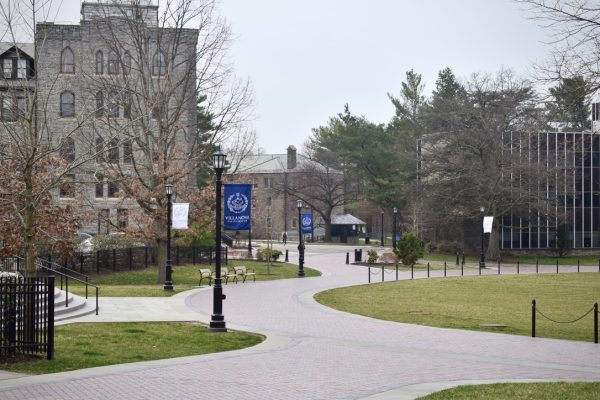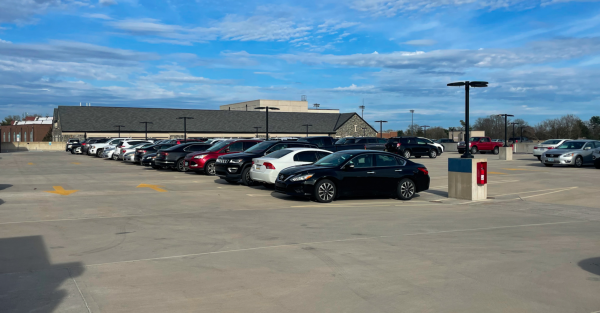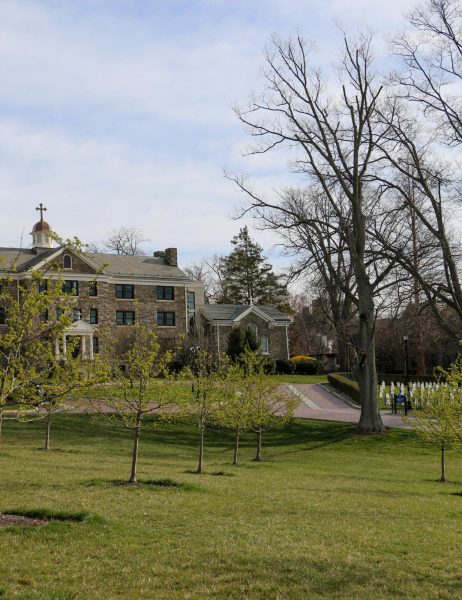The legalization of marijuana should continue to expand
January 19, 2016
Marijuana. A simple Google search would let you know that it is the most used illicit drug in the United States. Whether you have noticed its growing popularity in the media, know people who smoke it, or have tried it yourself, chances are you are already aware of the booming controversy surrounding its legalization throughout the country. According to Pew Research Center, 53 percent of Americans and 68 percent of millennials are in favor of the legalization of marijuana. Considering this statistic, it is not surprising that nearly half of the states have legalized medical marijuana and even more have decriminalized it. However, only four states and Washington D.C. have legalized recreational marijuana thus far. It is obvious that the legalization of marijuana will continue to expand, and there is no doubt in my mind that it should. Given that marijuana has been proven to be less harmful than both alcohol and tobacco and possesses medicinal benefits, it should be treated legally just as alcohol and tobacco are. That is, the recreational use of marijuana should be legal, but regulated similarly to alcohol with an age restriction of 21.
When considering the legality of marijuana, people inevitably first turn to a comparison between marijuana and alcohol. It is no secret that excess alcohol consumption is deadly. According to the National Institute on Alcohol Abuse and Alcoholism, approximately 88,000 people die from alcohol-related causes each year in the United States alone. However, there has never been a single reported death from marijuana alone. Alcohol is 114 times more deadly than marijuana, yet the former is more socially acceptable than the latter. Also, Aaron Carroll, Professor of Pediatrics at University of Illinois, found that alcohol is a factor in 40 percent of violent crimes and hundreds of thousands of assaults. Meanwhile, there is no association between violent crimes and marijuana use. In fact, a study done at Yale University found that couples who smoked marijuana experienced less partner violence, which suggests that the use of marijuana lowers peoples’ tendencies toward violence. The U.S. Department of Transportation released a study in 2015, which discovered that when THC was found in the bloodstream of drivers, it had virtually no increase in the risk of car accidents– whereas when one’s blood alcohol content is .05, the likeliness of him or her getting into a crash is increased by 575 percent. Keep in mind that the legal limit for alcohol is .08.
Another product that marijuana is frequently compared to is tobacco, specifically in cigarettes. Although they are both consumed most often through smoking, a comparison is not warranted. First of all, the average cigarette smoker smokes about eight cigarettes per day, but the average marijuana smoker smokes two to three times per month. According to NORML.org and Psychology Today, no case of lung cancer resulting from marijuana alone has been documented and no strong correlation between marijuana use and lung cancer has been found in any large-scale studies. However, smoking cigarettes, though legal, is the number one risk factor for lung cancer and is linked to about 90 percent of lung cancers in the U.S., according to the CDC.
In addition to being less physically damaging than both alcohol and tobacco, marijuana has been shown to have medicinal purposes. This cannot be said of tobacco, and can be said only sparingly of moderate alcohol consumption. According to the National Institute on Drug Abuse, the THC and CBD found in marijuana can be useful in reducing pain and inflammation, controlling epileptic seizures and treating mental illness and addictions. There have been studies that show that marijuana extracts may help kill certain cancer cells and reduce the size of others. Evidence from one cell culture study shows that some extracts from marijuana can slow the growth of one of the most serious types of brain cancer tumors. In the states that have legalized medical marijuana, the approved conditions for necessary medical treatment include HIV, Crohn’s disease, anorexia, cancer, severe nausea, Alzheimer’s disease, epilepsy and seizures. The medicinal benefits associated with marijuana cannot be found in either alcohol or tobacco, but marijuana is still considered a Schedule 1 narcotic, along with heroin, ecstasy and LSD. How can it be that marijuana, a substance that is less damaging than two of the most used legal drugs and has medicinal uses, is listed among the most dangerous drugs one could use?
Of course there are drawbacks to smoking marijuana because there are drawbacks to any drug someone allows in their body. It can potentially damage the lungs and increase the chances of developing schizophrenia in those who are predisposed to the disorder. There is much speculation that those who are predisposed to schizophrenia are more likely to use marijuana. There is also a stereotype of laziness for those who smoke marijuana. This may be true for some, but there are many successful people who have smoked, including Bill Gates, Oprah and Barack Obama, who infamously admitted that he “inhaled often.” Another popular argument people make is that marijuana is a “gateway drug.” However, the fact that most users of harder drugs, like heroin, have used marijuana is reported as an association, not causation. That is to say that marijuana use may be associated with the use of harder drugs, but it is not necessarily the reason why people chose to use harder drugs. RAND Corporation claims that, “it is not marijuana use but individuals’ opportunities and unique propensities to use drugs that determine their risk of initiating hard drugs.” It is the social situation and motivations of the user that control his or her actions concerning hard drugs, not the use of marijuana.
Marijuana, like any other drug, legal or illegal, has the potential for negative effects in the human body. However, it is the responsibility of the individual to control how much he or she chooses to allow any drug, including weed, to affect his or her life and productivity. My argument is not that marijuana is a miracle drug with no side effects, but that it is no worse than tobacco or alcohol. Therefore, it should be legalized as those two drugs are: recreationally. So Pennsylvania, are you willing to take the hit?





